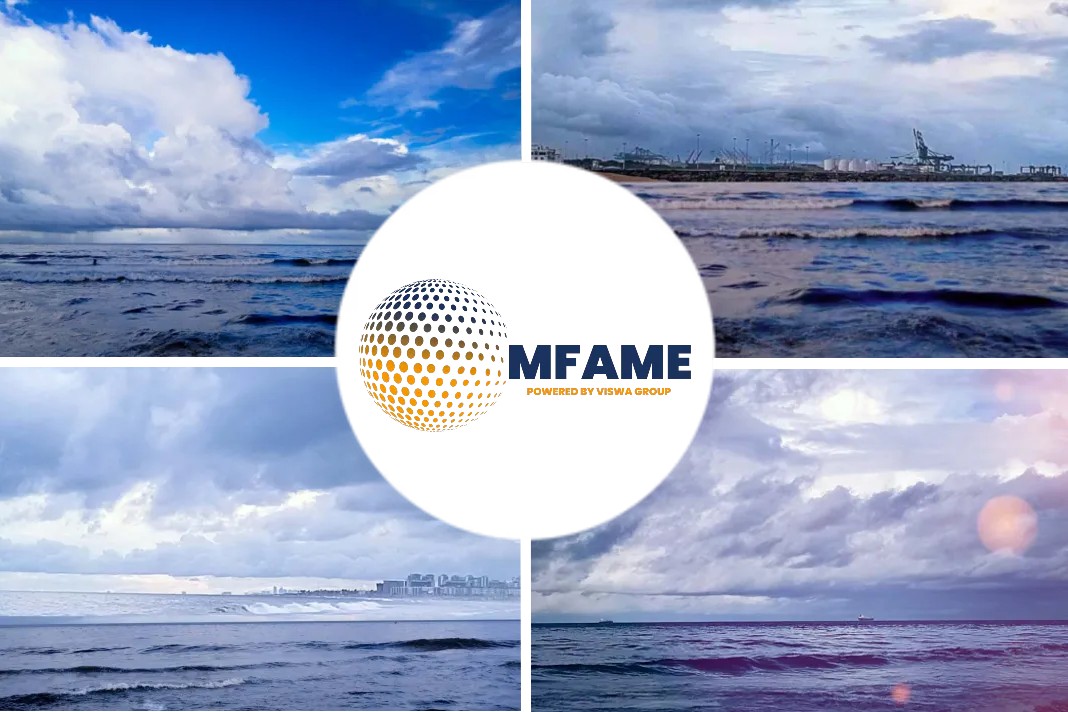Hydrex team performs emergency hull repair on ferry Texelstroom, reports Workboat365.
The Incident
When the vertical side of the ferry Texelstroom was damaged during storm Eunice, a leak in the ballast water tank prevented the ship from sailing. Because this happened at the start of a busy school vacation period, it was essential that a fast on-site solution was found to keep the downtime for the ship as short as possible.
Texelstroom sails between Den Helder on the Dutch mainland and Texel, the largest and most populated Dutch Wadden Sea island. As a UNESCO World Heritage Site, it is important that the area is protected. Texelstroom was designed with this in mind.
Launched in 2016, it is one of the world’s most sustainable ferries. It is the first ferry in Europe that runs on a combination of sustainable energy sources: compressed natural gas, green shore-side power and solar power generated on board.
Damage repair
Hydrex were asked by TESO, the owners of the vessel, to find a way to repair the damage the ship had suffered during the storm. Because no drydock was available on such short notice, the operation needed to be performed while the vessel stayed afloat.
Another important factor was the timeframe. Downtime needed to be kept to the absolute minimum so that Texelstroom could get back to ferrying passengers between Den Helder and Texel as soon as possible.
Finding on-site solutions and saving time are two things Hydrex has specialized in for almost 50 years now. The technical department proposed installing an open-top cofferdam over the damaged hull plating. This would allow our diver/technicians to access the affected area and perform the needed repairs in dry conditions.
As soon as the proposal was accepted on Wednesday evening, everything was put in motion to start the operation. At this point, the classification society was contacted and stayed in communication throughout the entire operation.
The cofferdam was constructed at the fast response center in Antwerp the very next day. Certified steel for the new insert plate was also ordered.
On Friday morning, a team arrived in the port of Texel with the cofferdam and all the needed equipment. The repair started with a detailed inspection of the damage from both sides of the hull.
In consultancy with the superintendent of the ferry and the surveyor from the classification society it was agreed to install an insert repair measuring 1500mm x 700mm.
The team then installed the open-top cofferdam over the damage and created a dry environment in which to work. They cut away the old plating and installed the new insert. The insert was secured with a certified weld both from inside the vessel and inside the cofferdam.
Ultrasonic testing was performed by an independent inspector and the repair was approved by the classification society as permanent. On Sunday morning, the cofferdam was removed and a final leakage test was successfully conducted. This concluded the operation.
Summary
- Throughout the entire operation, the technical department was in very good communication with the superintendent, the class surveyor and everyone involved.
- The teams worked in shifts around the clock. This allowed us to complete the actual repair in just two days.
- TESO’s spare ferry Dokter Wagemaker had been bringing passengers to the beautiful Island of Texel during the Texelstroom’s sick leave, but the ship was all better now and ready to sail again at full strength.
Did you subscribe to our daily newsletter?
It’s Free! Click here to Subscribe!
Source: WorkBoat365





















